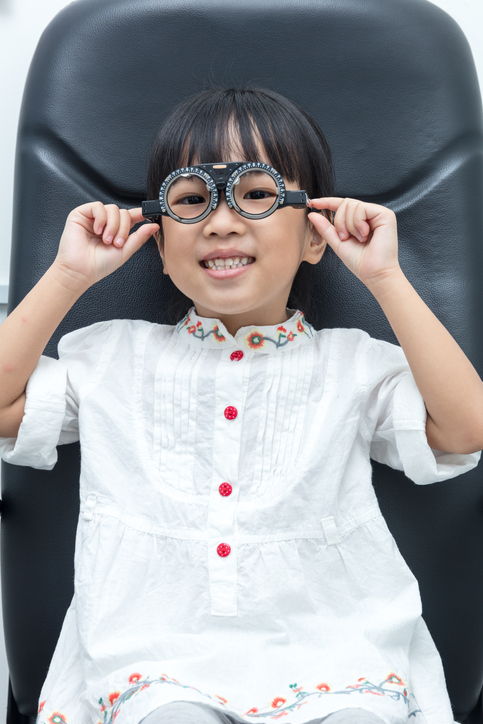 |
|
Seasonality was also found to be an aspect of pediatric dry eye, with highest prevalence seen in spring and lowest in the winter. Photo: Getty Images. |
The ocular surface has well extensively studied across the entire adult population and all manner of subsets. Children, however, have received only limited studies pertaining to pediatric dry eye disease (PDED), as it stands to reason that prevalence would be far lower in this group vs. adults. New research is helping to bring clarity to such distinctions, however, as the Academy of Ophthalmology’s IRIS Registry was recently used to investigate dry eye prevalence in the pediatric population and compared against demographic differences of adult dry eye patients.
Included in analysis were 4.8 million patients with a diagnosis of dry eye. Average age of onset for adult patients was 61.1 years and 12.5 years among kids. The most notable distinctions among PDED patients vs. the overall IRIS pediatric patient pool were female sex (58.1% vs. 50.6%) and Asian race (6.0% vs. 3.1%). Dry eye was found to be even more common in adult female patients vs. men (68.1% vs. 31.9%).
Higher rates of dry eye among adult women are well documented elsewhere, and the present findings among girls align with established literature on the phenomenon. In their paper for The Ocular Surface, the researchers explain possibilities for the result that girls are greater affected by PDED than boys. Variations at the molecular level exist, which directly impact physiological features of the ocular surface and its function, including gene expression, protein synthesis and tissue architecture. As well, hormonal differences can interfere with physiologic function of structural and functional units of the ocular surface.
Pediatric dry eye was also more common in children with refractive errors (76%) and those with eyelid/conjunctival disorders (41%). While the majority of pediatric and adult dry eye patients were Caucasian, it was found that, among Asian patients, kids were more likely to develop it than adults (6.0% vs. 4.0%).
The percentage of pediatric patients within the entire IRIS registry dry eye population and that of the overall registry itself (irrespective of diagnosis) were remarkably similar at 4.24% and 4.16%, respectively. This estimate of 4.2% for pediatric dry eye is lower than some others. One previous study looked at DED in patients under 20 in north India, estimating prevalence of 7.8%. Another study investigated smartphone use as a risk factor for PDED and found overall prevalence of 6.6%, with greater prevalence in urban over rural areas. As such, overall pediatric rates are still unclear.
Another interesting finding was 23% of the PDED cohort experiencing vitreous and retina disorders like vitreous degeneration, floaters, flashing lights, diabetic retinopathy and more. The authors do note that they did not consider this finding a true association with PDED, but rather, these symptoms can result from other ocular or systemic diseases linked with dry eye.
Since the literature is limited in terms of pediatric dry eye, the authors elaborate that “our aim with the study is to educate readers that PDED is in fact a disease worth recognizing and treating and that it can affect the quality of life of our youngest population of eye patients. This study demonstrates that there are, in fact, distinctions between the adult and pediatric populations with DED and furthering our understanding of PDED will ideally enable unique approaches for diagnostics and therapeutics for these children.”
Douglas VP, Hall N, Ross C, et al. The epidemiology of pediatric dry eye disease in the United States: an IRIS registry (Intelligent Research in Sight) analysis. Ocul Surf. 2024. [Epub ahead of print]. |

